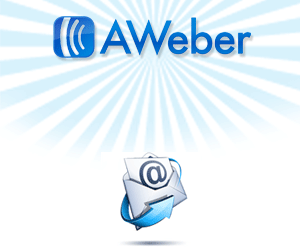Today’s eZine publishers use any one or more of the three most commonly used eZine formats, and whie it’s a bit difficult to state which format is best for a particular topic, style or readership, the formats which will be described in this article each has advantages and disadvantages when compared to the other two, so the eZine publisher must decide which is most appropriate for his/her purposes and/or readership (audience?).
Let’s begin with the text eZine, most popular among the three. This format is considerably easier to use in the sense that, other than writing, the publisher does not really need any special skills; only knowledge of how to use a Microsoft Word or Notepad program. With the Notepad editor however, it might be difficult to include links to reference sources without some knowledge of HTML (HyperText Markup Language) whereas in the Word editor there is a built-in “hyperlink” resource in the form of a button.
Next and more difficult to work with is the HTML eZine format, which requires a certain degree of HTML skills on part of the publisher. Knowledge of HTML will make it possible to add more features and sophistication to eZine issues, which in turn will make them more appealing to subscribers, as well as readers whom the publisher is trying to attract, thereby increasing the readership value. This measure of sophistication and appeal are qualities that text eZines simply do not have.
Where you – as an eZine publisher – can decorate your eZine format, change your font style, include pictures with alt text for search engines, anchor text, hidden title text and more, you must also be aware of the challenges and drawbacks HTML presents. One such drawback often faced by HTML eZines is their propensity to get trapped into spam filters before the subscribers’ inboxes. Spam filters installed by email providers like Hotmail, Comcast and Yahoo have become increasingly difficult to navigate around by email marketers since enactment of the CAN SPAM Act.
The third and least used among these three formats is the PDF eZine, which can consume a lot of a publisher’s time, effort and space on his/her hard disk, but often make up in quality readership what it lacks in the other areas. Due to this commitment of time and energy, PDF eZines are usually published on a monthly basis. The great part of PDF eZine format however, is the feature that allow you to embed your affiliate links in your PDF eZine issue and allow your subscribers to pass the eZine around without concern about those links being tampered with.
Given the above mentioned it is very possible that some publishers will be able to utilize multiple formats in which to publish their newsletters since it goes without saying that with the required skills will not necessarily be restricted to just one eZine format. If this is the case it is entirely possible that you, possessing those skills, can have the best of both worlds where eZine publishing is concerned. Good luck!
